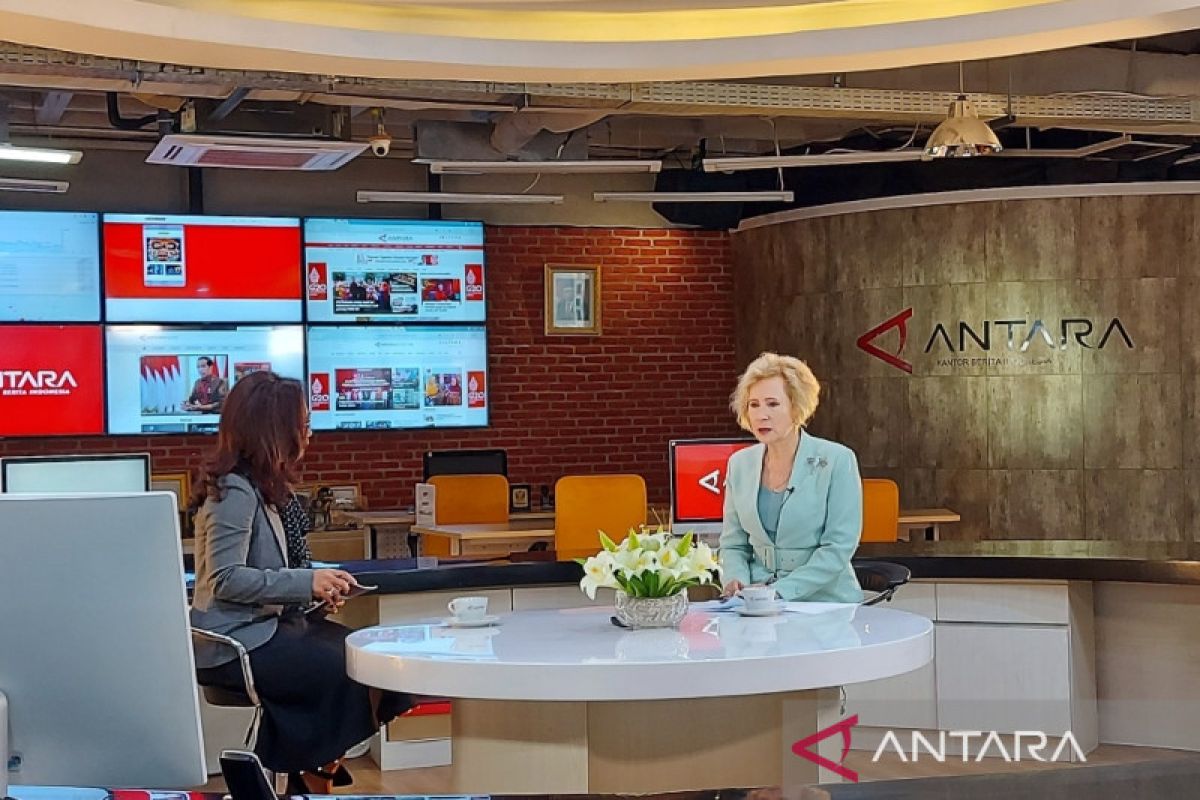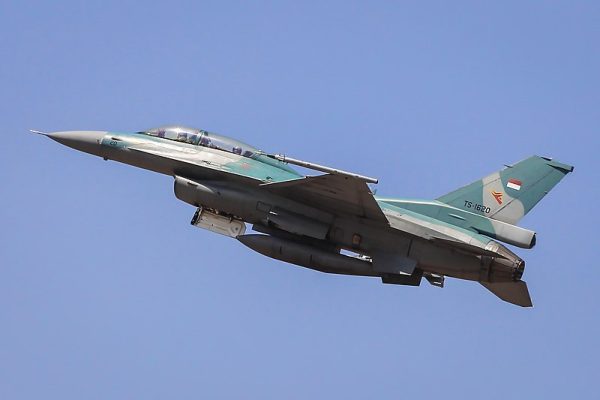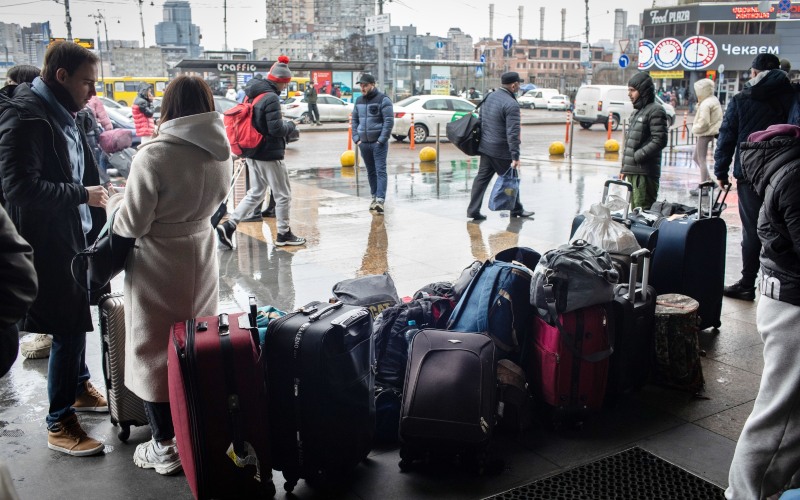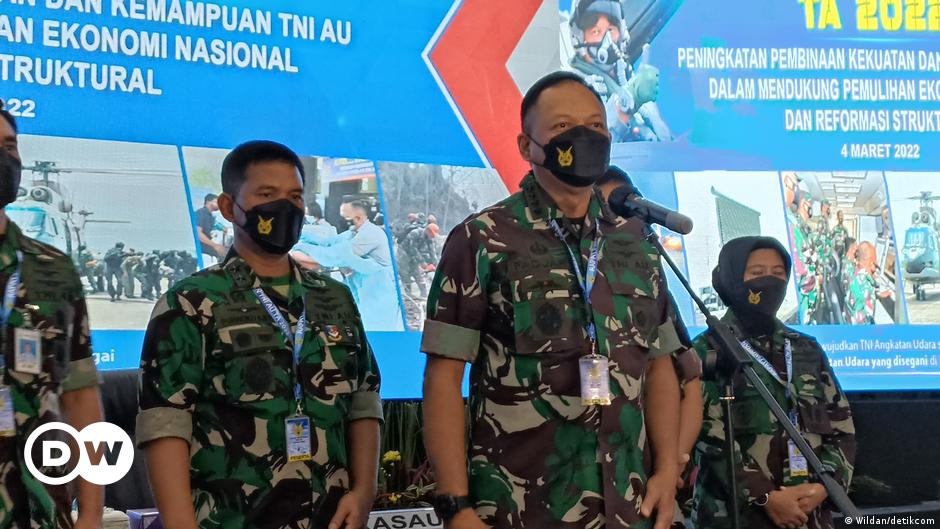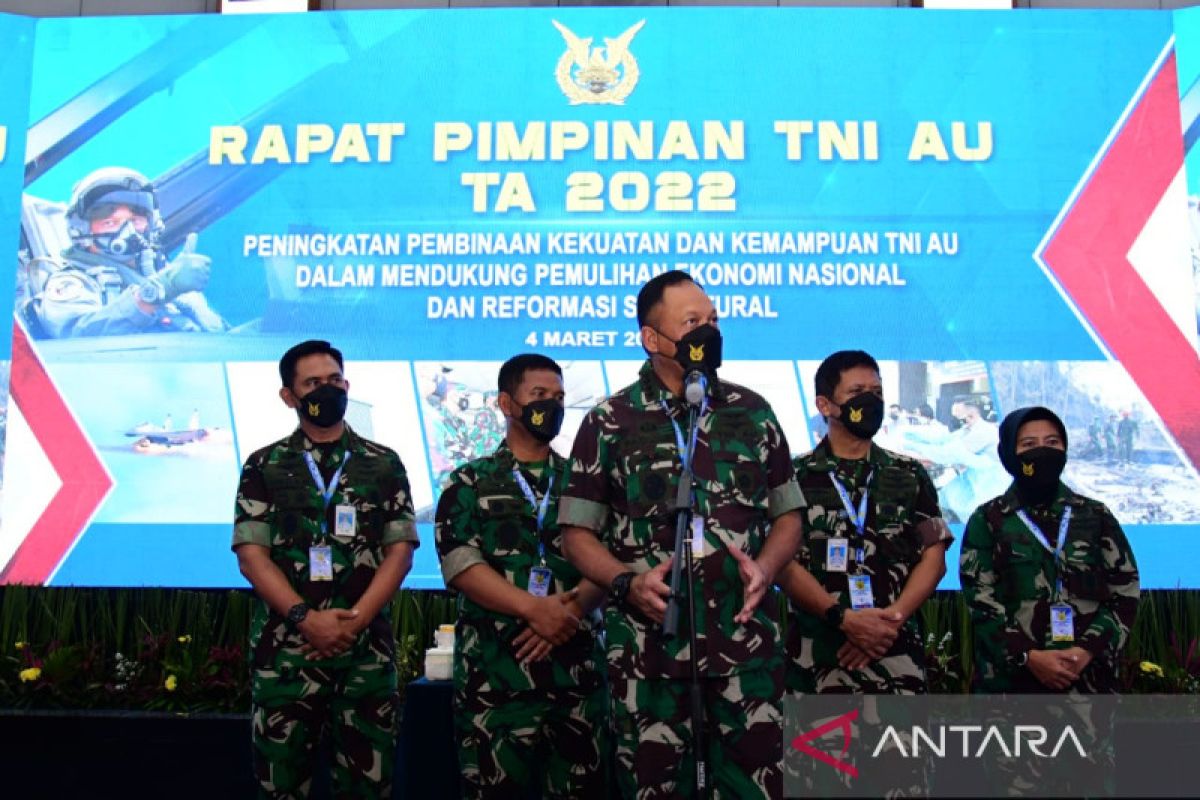2 of 2.
The act effectively ensures that although a core of countries deeply invested in Russian military hardware such as Algeria, Vietnam, and India will likely continue their acquisitions, those countries that have sought to hedge between Russian and Western arms – such as Indonesia, Egypt, the Philippines, or Malaysia – can be swayed toward giving Western producers Russia’s market share.
Indonesia had from the late 1960s looked only to the United States for acquisitions of fighter aircraft, purchasing F-5 and F-16 lightweight jets and planning further F-16 acquisitions in the 1990s. The perceived threat of U.S. moves to block spare parts for the fleet in the 1990s, which materialized in 1999 in response to alleged human rights abuses in what was then Indonesian East Timor, led Jakarta to diversify its fleet by acquiring Russian Su-27 and later Su-30 fighters. Acquiring Russian and American fighters in parallel, the former providing smaller numbers of elite heavyweights and the latter larger numbers of low maintenance lightweights, was expected to continue to shape Indonesian acquisitions plans, with Su-35s potentially being supplemented by new
F-16 Block 72 aircraft from the United States.
Washington had long pressured clients for Russian arms to look to the West, in part as a means to undermine Russia’s heavily export reliant defense sector, but CAATSA escalated this considerably and, in Indonesia’s case, appears to have proven decisive.
The Indonesian government initially released defiant statements against U.S. sanctions threats, with Defense Minister Riamizard Riachudu
stating in October 2018: “Never cancel. We are continuing the implementation of the contract.” This came two months after Director General of the Indonesian Trade Ministry Oke Nurwan
lamented, “While we are in the process of the barter trade with Russia, the U.S. is trying to intervene.” Russia’s willingness to accept
payment in commodities, and later to offer Indonesia
heavily customized variants of the Su-35, appeared to be desperate efforts to salvage the deal. Nevertheless, it was announced in December 2021 that the Su-35 acquisition plans had been
cancelled, with the primary beneficiary appearing to be France.
Indonesia appears to have replaced Russia with France as its secondary supplier of fighters. With only Russia and the United States producing heavyweight fighters for export, Jakarta changed its plans for U.S. acquisitions from light F-16s to heavy F-15s and purchased Rafales in place of the F-16s. Sales by France notably benefit the United States not only by undermining Russia, but also by strengthening the often-struggling defense sector of Washington’s NATO ally – a particularly salient point after French anger over the cancellation of a major submarine deal with Australia. It will also yield some revenues for U.S. firms, which alongside multiple non-French European firms produce significant
inputs for the Rafale.
While Indonesia’s new acquisitions place it in the clear in terms of avoiding sanctions, this has come at a very considerable cost. Even the lightweight Rafales will be acquired for approximately $193 million each, while the heavier F-15s are among the most expensive fighters ever exported at $386 million each – compared to just $100 million for the Su-35. When China bought a larger number of two dozen Su-35s they were sold at
approximately $83 million each, and for an order of 36 to 42 fighters it is highly plausible that the price would fall to under $80 million.
Meanwhile, the Su-35 is 180 percent as heavy and has 190 percent the engine power and a far higher endurance than the Rafale, which has the weakest engines of any fighter in production in the world. The Russian fighter integrates thrust vectoring engines, has a higher endurance, and notably uses three radars where its Western competitors field only one. The Su-35 fighter’s R-37 air-to-air missiles are fast and can
shoot much further at 400 km – around double the range of the Rafale’s Meteor missile and more than double that of the F-15’s AIM-120D.
This is not to say that the Su-35 is necessarily better, with the F-15 in particular being a peer level competitor to it albeit at nearly five times the price, but rather that the massive discrepancy in cost is very difficult to explain by a performance advantage of Western systems. A number of factors, most notably the dollar’s much higher purchasing power in Russia, largely explain the price difference favoring the Su-35. Had Indonesia acquired 78 Su-35s instead of 78 Rafales and F-15s, the cost would have been little over $6 billion instead of $22 billion, with the fighter’s operational costs being similar to those of the F-15, although higher than those of the lighter Rafale.
Indonesia’s decisions illustrate the potency of U.S. economic sanctions threats, with the result being provision of much needed revenues to Western defense industries, a much more expensive and arguably less potent defense capability for clients, and denial of revenues to the Russian defense industry as part of broader Western efforts to undermine the country’s economy. Indonesia’s case is far from unique. A notable preceding example in the region is the Philippines, where the Defense Ministry
cited CAATSA threats as the reason for acquiring Black Hawk helicopters from the United States after initially showing a strong interest in Russian Mi-171. Similar trends are expected to continue to shape global arms sales unless changes in the world economy weaken the potency of U.S. sanctions and undermine Washington’s ability use economic and political pressure to influence acquisitions decisions.

